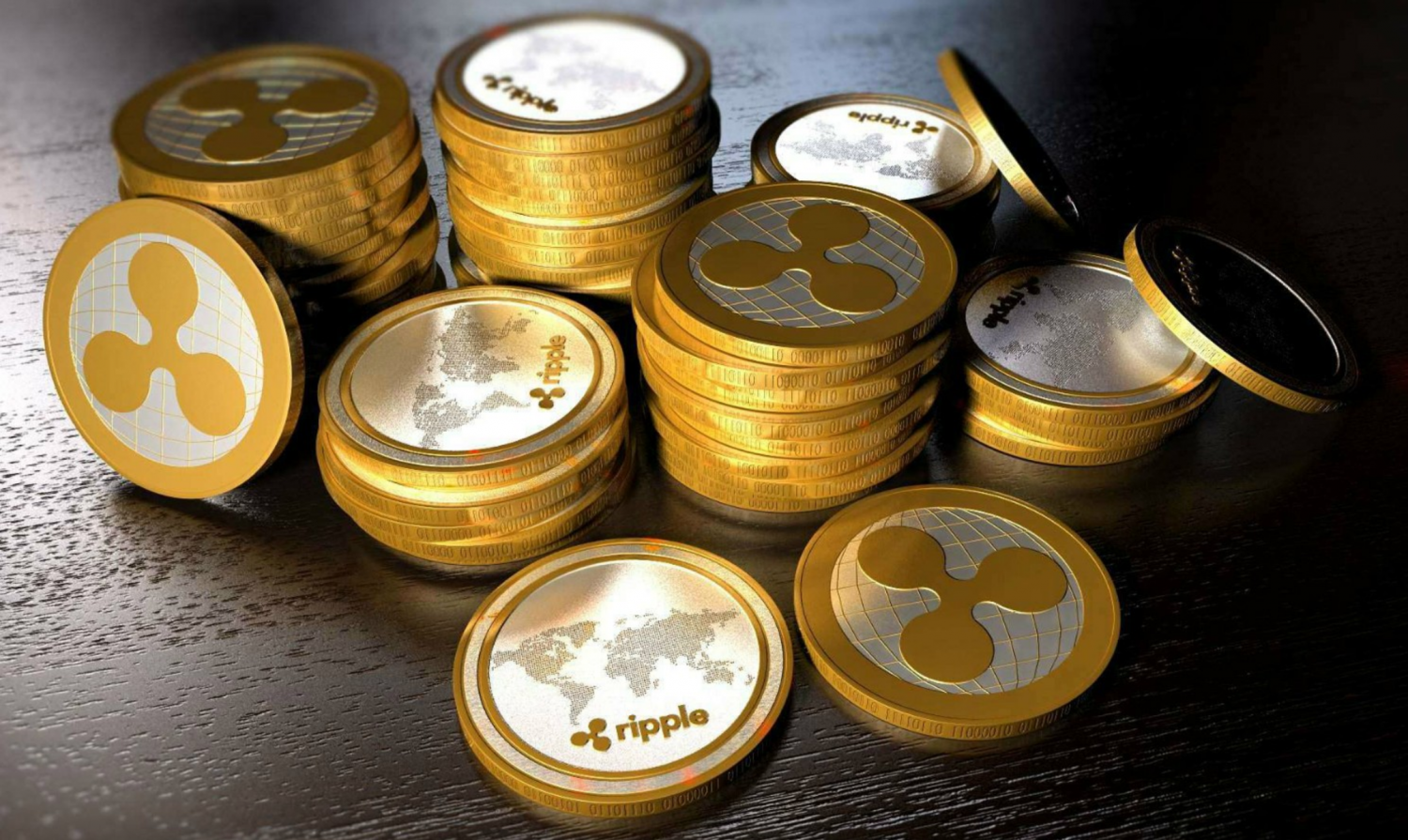Ripple, the cryptocurrency which works with banks, is running faster and faster

Ripple is the fourth largest cryptocurrency in the world but despite its recent growth, it still remains an unfamiliar name to most.
XRP, Ripple's native currency, has taken the banking world by storm, soaring from under $0.01 to $0.30 a coin in less than a year. But why did its value suddenly increase by 4300 per cent? Ripple acts as a payment network, RippleNet, and a cryptocurrency, Ripple XRP.
The platform makes it easy to transfer almost any currency to almost any other currency in the world in no longer than four seconds.
Currently, Ripple is focused on working with banks and other institutions in a bid to offer an efficient and cost-effective way of sending real-time payments around the world.
Using Ripple, if one wanted to transfer currency directly from China to the USA, they can trade CNY to XRP, (Ripples currency), and then send XRP to the recipient who will have an online Ripple wallet or a bank in the USA. From there, they can trade the XRP back into USD.
In comparison, transactions on Ethereum can take more than two minutes, and on Bitcoin payments can take more than an hour to be processed. Ripple claims banks can save an average of $3.76 per payment using their network.
Since XRP only works directly with banks, the budding cryptocurrency is set to focus on developing networks to benefit finance corporations.
Ripple soared by 18.8 per cent on December 14, reaching a new record high of 0.5659, CoinMarketCap reported. XRP reputedly gained such a boost in its value because Bitcoin's new record of $17,2370 benefited the entire cryptocurrency market.
The global market is currently valued at around $488billion, Bitcoin accounts for less than 40 per cent of the daily turnover and Ripple accounts for a minor 4 per cent. But experts believe it will enjoy a larger boost in value in 2018.
The South Korean cryptocurrency market has pushed the Ripple price up 71 percent over the past 24 hours, triggered by the Ripple blockchain-based payment trial conducted by Japanese and South Korean banks.
On Wedsneday, Japanese mainstream media outlet Nikkei reported that major banks in Japan and South Korea are set to begin the testing of Ripple blockchain and its solutions on Friday. The aim of the joint project is to reduce the cost involved in international funds transfer by nearly 30 percent.
Since the beginning of 2017, Ripple Labs have made significant process in assisting major banks and financial institutions to adopt the Ripple blockchain technology. Banks based in Japan, in particular, quickly embraced the technology of Ripple, forming a consortium of 61 corporations.
Ripple Labs and its partner banks in Japan and South Korea are planning to continue the testing of Ripple technologies in the long-term and implement the Ripple blockchain at a larger scale by early 2018.
According to Nikkei, Japanese banks have already developed Ripple-based systems to process global payments on its blockchain network. Cross-border payments between South Korean and Japanese banks will be begin on January 31, if pilot tests throughout December are successfully conducted.

